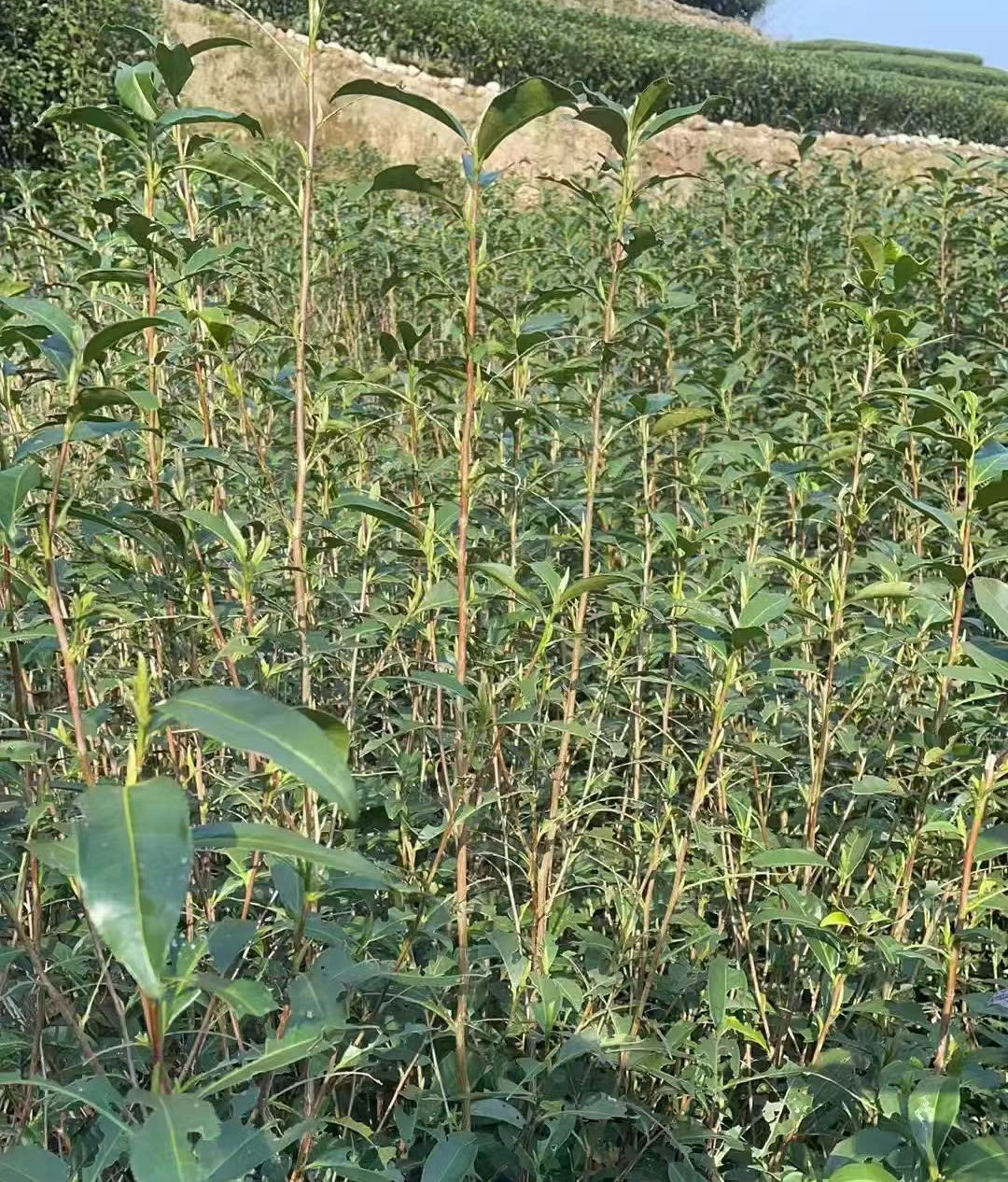White tea is all about simplicity and subtlety—lightly processed, gently flavored, and full of delicate aromas. In this friendly guide, we’ll walk through the main types of white tea, spotlight what makes teas from Fujian different from those in Yunnan, and share easy brewing tips. Whether you’re just getting into tea or already love exploring new brews, you’ll find something to enjoy here.
What Is White Tea?
Think of white tea as the “bare minimum” tea: picked young, withered for a short time, then dried. No heavy rolling, no high-heat firing—just nature doing its thing. That means:
- Super Simple Processing: Leaves and buds are plucked, left to wither, then air-dried.
- Gentle Oxidation: Only a tiny bit of browning happens, so you get a light, floral cup.
- Top Picks: The best white teas stick to the youngest buds—sometimes just the bud (that’s Silver Needle), sometimes paired with a leaf or two (that’s White Peony).

Meet the Main Types
Here are the five white teas you’re most likely to find:
- Silver Needle (Yin Zhen)
- Tiny, silvery buds.
- Delicate floral sweetness—think honeydew melon and soft honey.
- White Peony (Bai Mu Dan)
- Buds plus the first one or two leaves.
- A bit more body, with gentle honey and mild veggie notes.
- Long Life Eyebrow (Shou Mei)
- Bigger leaves, a darker look.
- Earthy and fruity, a fuller mouthfeel.
- Tribute Eyebrow (Gong Mei)
- Mix of buds and leaves.
- Balanced—light flower tones with a smooth, sweet finish.
- Fun Variations
- Fruit-infused or lightly scented with jasmine, rose, or citrus peel for a twist.
Fujian vs. Yunnan: What’s the Difference?
Fujian and Yunnan each give white tea its own personality:
- Climate & Altitude:
- Fujian: Coastal hills with lots of mist at 300–800 m—perfect for delicate flavors.
- Yunnan: High mountains (1,000–2,000 m) with big day-night swings—tea tends to taste fruitier and richer.
- Tea Plants:
- Fujian: Small-leaf varieties chosen for tender buds.
- Yunnan: Large-leaf wild trees with fuzzier buds, giving a bolder cup.
- Flavor Vibes:
- Fujian White Tea: Light floral notes, clean finish, subtle sweetness.
- Yunnan White Tea: Golden color, stone-fruit hints, juicy sweetness.
Why Drink White Tea?
White tea is a gentler pick-me-up if you want something milder than green or black tea. It’s got:
- Antioxidants: Helps fight free radicals (good for skin and heart).
- L-Theanine: Calms your mind while still giving you a gentle lift.
- Light Caffeine: Enough for a mood boost, without the jitters.
Easy Brewing Tips
Making a great cup of white tea is a breeze:
- Water Temp: Aim for 85–95 °C (not boiling).
- Leaf Amount: About 3–5 g per 150 ml water.
- Steeping Time:
- First steep: 1–2 minutes.
- Next steeps: Add 30 seconds each time—most white teas give 3–5 infusions.
- Choose Your Vessel:
- Gaiwan for aromas.
- Glass cup to watch that lovely pale gold color.
FAQs
- What’s the best white tea for newbies?
White Peony (Bai Mu Dan)—it’s forgiving, a bit fuller, and easy to enjoy. - How do I store white tea?
Keep it dry, dark, and airtight. No strong smells nearby! - Can Yunnan white tea age like Pu’er?
Some high-end Yunnan whites can mellow over 1–3 years, but most are best fresh.
Wrap-Up & Next Steps
White tea’s magic lies in its simplicity. From the elegant Silver Needle of Fujian to the heartier leaves of Yunnan, there’s a gentle cup waiting for everyone. Ready to explore? Grab a sample set from both regions, play with brewing times, and see which style you love most. Happy sipping!



